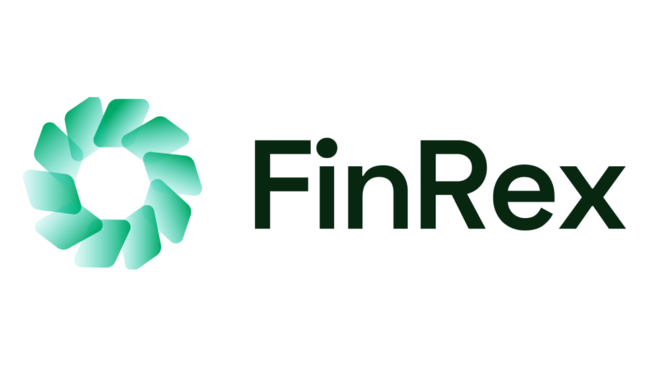Whitstable, a fascinating beach city in Kent, has been a favourite for the ones looking for a serene but colourful coastal lifestyle. Over the past few years, it has received tremendous interest from property investors and homebuyers alike. This interest has been fuelled by means of diverse factors, starting from its picturesque environment and colourful network to its strategic vicinity and funding potential. If you’re thinking about funding, the knowledge of estate agents in Whitstable may be valuable in navigating this burgeoning market. Here’s why Whitstable ought to be on your radar for belongings funding.
A Coastal Gem with Rich Heritage
Whitstable is renowned for its beautiful coastline, whole with pebble seashores and colourful seaside huts that dot the shore. This metropolis gives a proper beach experience, a long way eliminated from the bustling cities. The wealthy maritime heritage of Whitstable is clear in its thriving fishing industry, especially well-known for oysters. The annual Whitstable Oyster Festival is a massive draw, attracting site visitors from everywhere in the UK and beyond, similarly boosting the metropolis’s profile and appeal.
Strong Community and Vibrant Lifestyle
One of Whitstable’s most attractive elements is its robust experience of community. The metropolis has a colourful cultural scene, with numerous nearby events, arts festivals, and a whole lot of unbiased shops, cafes, and restaurants. The culinary scene is especially noteworthy, with many establishments imparting fresh, locally-sourced seafood. The mixture of those elements makes Whitstable an appealing area to live, fostering an excessive pleasantness of existence that attracts human beings to settle right here permanently.
Strategic Location and Excellent Connectivity
Whitstable’s strategic location is another compelling reason to invest in property here. It is situated just five miles north of the city of Canterbury, providing easy access to a wider array of amenities, shopping, and educational institutions. London is also within easy reach, with direct train services to London St Pancras taking just over an hour.
Thriving Property Market
The assets marketplace in Whitstable has proven a regular boom over the last decade. With its growing popularity, assets values have preferred steadily, making it a profitable funding destination. The variety of homes available – from fascinating duration cottages to trendy apartments – caters to an extensive variety of buyers, such as families, retirees, and younger professionals.
Investment Potential and Rental Market
Investing in Whitstable property not only offers the potential for capital appreciation but also a strong rental market. The town’s popularity as a tourist destination means there is a high demand for holiday rentals. Additionally, the proximity to Canterbury and the excellent transport links to London ensure a steady demand for long-term rentals from students, professionals, and families. This dual appeal enhances the investment potential, offering both short-term and long-term rental income opportunities.
Educational and Family-Friendly Environment
Whitstable is particularly attractive to households, because of its extremely good academic facilities. The metropolis is domestic to numerous well-appeared number one and secondary schools, presenting nice training alternatives for households with children. The safe, pleasant surroundings and plethora of outdoor activities – from sailing and windsurfing to beachcombing and coastal walks – make Whitstable an ideal area for raising children.
Environmental and Sustainability Initiatives
Whitstable is devoted to environmental sustainability, making it an appealing alternative for eco-aware investors. The metropolis has numerous initiatives aimed toward retaining its natural beauty and selling sustainable living. These encompass community-led tasks to lessen plastic waste, preserve marine existence, and sell recycling.
Local Economy and Employment Opportunities
The nearby economic system is robust, supported through a combination of conventional industries like fishing and more modern sectors which includes tourism and the innovative arts. The town’s developing recognition has spurred the improvement of recent businesses, supplying lots of employment opportunities. This financial balance is a key aspect in keeping and growing belongings values, making Whitstable a legitimate preference for belongings investment.
Future Growth and Development
Looking ahead, Whitstable is poised for increase and development. Planned infrastructure enhancements and network initiatives are set to decorate the town’s enchantment even more. Initiatives to enhance public transport, extend instructional facilities, and increase new housing initiatives are all at the horison. These tendencies are in all likelihood to power belongings call for and values even higher, offering a promising outlook for belongings investors.
Conclusion
Investing in Whitstable property offers a unique blend of scenic beauty, vibrant community life, strategic location, and robust investment potential. Whether you’re looking for a holiday home, a rental property, or a long-term residence, Whitstable has something to offer. The guidance of experienced estate agents in Whitstable can help you navigate the market, ensuring you make a sound investment that meets your needs. With its rich heritage, thriving economy, and promising future, Whitstable stands out as an ideal destination for property investment. So, take the plunge and discover the myriad benefits of investing in this charming coastal town.



















 Bitcoin
Bitcoin  Ethereum
Ethereum  Tether
Tether  XRP
XRP  USDC
USDC  Wrapped SOL
Wrapped SOL  Lido Staked Ether
Lido Staked Ether  TRON
TRON  Cardano
Cardano  Avalanche
Avalanche  Toncoin
Toncoin